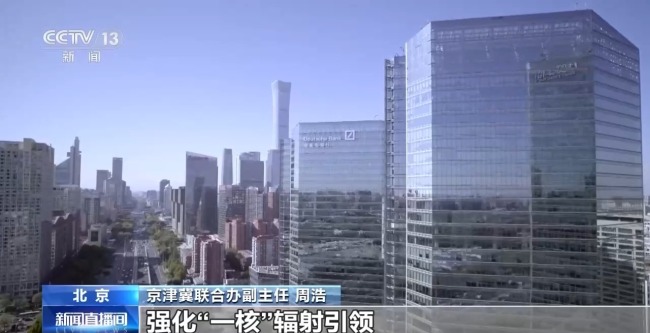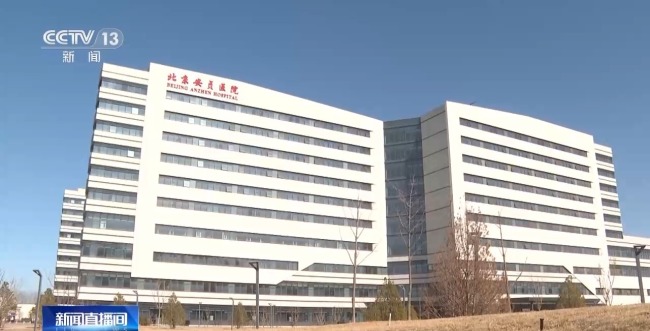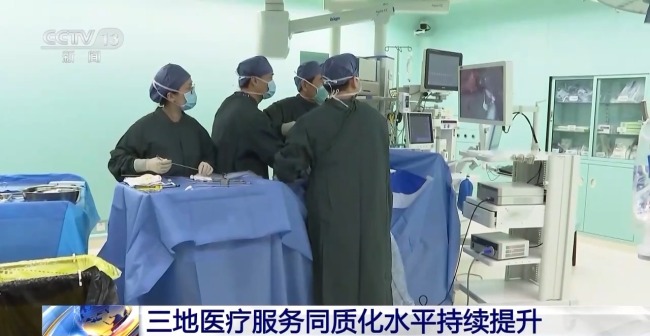This year marks the eleventh year for the coordinated development of Beijing, Tianjin and Hebei to be elevated to a national strategy. At present, Beijing’s new “two wings” urban sub-center and Xiongan New Area are closely linked to coordinated development.
Over the past year, the "three schools and one college" supported by Beijing has operated smoothly and efficiently. The Zhongguancun Science and Technology Park in Xiongan New District has accumulated more than 130 enterprises. The Xiongan Center of the Beijing-Tianjin-Hebei National Technology Innovation Center has started operation, and the industrial agglomeration effect has been initially formed.

Zhou Hao, deputy director of the Beijing-Tianjin-Hebei joint office: The three provinces and cities will take the implementation of the modern capital metropolitan area space coordinated planning as a starting point to strengthen the radiation leadership of the "one core", and the "two wings" will work together and the construction of key industrial chain groups to promote the coordinated development of Beijing-Tianjin-Hebei to a new level.
Over the past 11 years, the three places have also cooperated closely in the medical field, and the level of homogeneity has been continuously improved. The Tongzhou Campus of Anzhen Hospital, which was just opened at the end of 2024, not only facilitates patients in the urban sub-center, but also provides convenience for patients in the surrounding areas, especially those in the northern three counties of Langfang.

At present, the urban sub-center has built Tongzhou campuses such as Youyi and Anzhen. Xuanwu Hospital, Traditional Chinese Medicine Hospital and other hospitals support Xiongan New Area, effectively improving the medical and health service capabilities of Xiongan New Area. The number of patients received by Xiongan Xuanwu Hospital has exceeded 230,000.

Since the coordinated development of Beijing-Tianjin-Hebei, 7 national regional medical centers have been built in Hebei. In-depth medical and health cooperation in key areas such as Beijing-Bao, Beijing-Zhangjiakou, and Beijing-Tangtang have achieved full coverage of cities around Beijing.